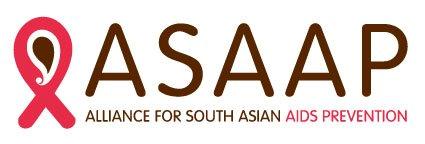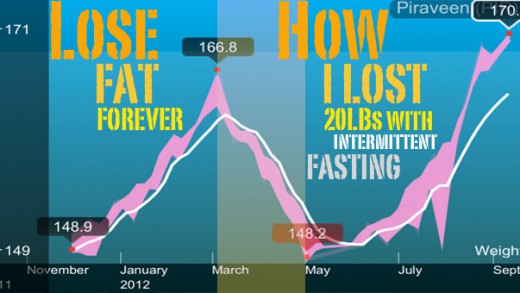Sex education is rarely without controversy.
Parents, teachers and students alike often dread the talk that happens in ninth grade gym class. The talk is where sexual body parts, methods of contraception and Sexually Transmitted Infections meet awkward giggles and shifting glances. But, the discussion, giggles aside, is an important one, especially for young people who may need information and resources but do not have access.
Recently, the sex education curriculum developed in 1998 was criticized by educators around the province for being dated. Young people today are exposed to experiences and information at earlier ages than generations before them and need a space where they can dialogue or ask questions. We may not like that young people are exposed to sex but this is a reality and it is one that we need to acknowledge.
In response, the McGuinty government proposed radical changes to sex education in Ontario schools. The changes included educating youth at an earlier age about naming their sexual body parts, talking about gender identity and introducing diverse sexual identities. What followed was outcry from parents who claimed the school board was broaching subjects that may run counter to the family’s values.
But the proposed government legislation pinpointed a troubling issue. Youth are inundated with sexual images that are often out of a parent`s control and it is crucial to give them the tools to be able to question and decipher what they see. South Asian families face this reality as well. Simply look at movie posters or ‘item songs’ to experience the casual and overt relationship our societies have with sex.
Parents often hope their children will practice the values and morals that are espoused in the home and distance themselves from conflicting messages. By doing this, we may inadvertently close avenues for meaningful discussions around sexual health. Although this is done with the intent to protect young people, it can expose them to greater risk without the space to ask for guidance. This teaches children that sex is taboo forcing them to turn to their friends or the internet which may not be the best source of useful, helpful and accurate information. The taboo also breeds shame, which creates an atmosphere in which sex and sexuality lives on the fringes of our communities.
Starting these conversations early teaches youth that sex is a natural part of life. By teaching them about sex, we teach them not to fear it. We teach them that sex can be beautiful and pleasurable. By lifting the taboo, young people can feel safer asking questions, negotiating their relationships and protecting themselves.
One of my favorite stories is of my friend Preeti in fourth grade. During our family studies unit of social science class Preeti and her teacher had a heated argument. While the unit was meant to discuss the complexities of family life, at this teacher’s discretion the conversation became a simplified version of the birds and the bees. After the lesson my friend timidly walked up to the teacher. Now I wasn’t there, but in my head the conversation goes something like this:
“Miss?” asks a timid Preeti
Teacher turns around to find a gap toothed munchkin with glasses.
“Brown people don’t do that.”
“Do what?” the teacher replied.
“That… (voice now drops to a barely audible whisper) have sex.”
I’m told what ensued was an unexpected and lively discussion that left Preeti feeling triumphant. She felt she had convinced her teacher that South Asians did not copulate. I can only speculate that the teacher was left puzzled and quite possibly, a little worried.This story portrays the way we teach sex to kids. To claim that sex simply does not happen in our culture, speaks volumes to the shaming that happens in our homes. These conversations may be uncomfortable, but creating an environment that is safe and more inclusive will pay off. We are eager to teach children about science and mathematics. Similarly, teaching children how to express their sexual identities and safely negotiate their relationships should be at the forefront of our educational curriculum.
At the Alliance for South Asian AIDS Prevention (ASAAP) we are presented with the reality that people who lack access to information and resources face significant health risks. We see the shame that young people face when looking for information they need. This feeling of shame isolates them from supports, breeds low self-esteem and puts them at risk for unhealthy or abusive relationships. ASAAP works to support South Asians living with HIV/AIDS, promoting health education and building a caring community.

 Suruthi Ragulan
Suruthi Ragulan








